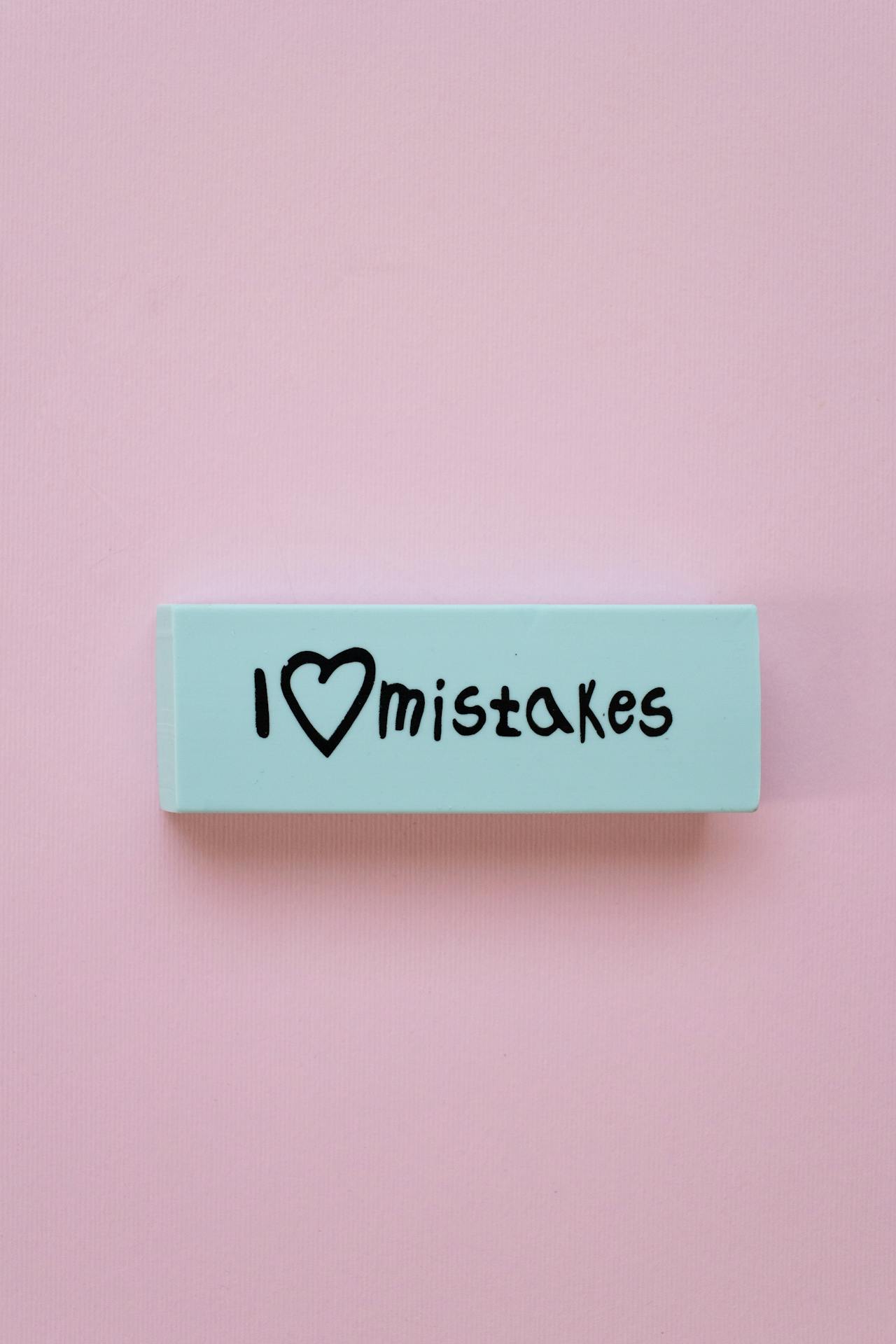The two leading sources of traffic for an online business are paid and organic.
As much as 65% of small and mid-sized businesses use online ads to drive traffic whereas 53.3% of all web traffic is attributed to organic search traffic.
Both are equally effective.
But both aren’t equal in terms of cost, targeting, conversion rate, ROI, and several other factors.
If you have to choose between paid vs organic traffic for your website, what would you choose?
Tricky, right?
This article explores the differences and similarities between paid vs organic traffic across different variables to help you make the right choice at the right time when you have a limited budget and you need to make a tough decision.
What is Paid Traffic?
Paid traffic is any web traffic originating from a paid source such as online ads. When you pay for traffic whether for clicks, impressions, conversions, placement, endorsement, etc., it is counted as a paid traffic source.
The most common form of paid traffic is online ads including Google and Meta ads. Here’s an example of a search ad in Google:
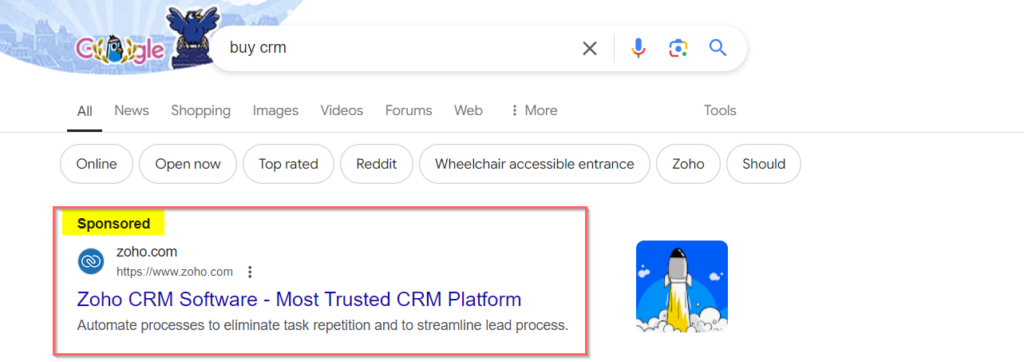
You can generate paid traffic from a wide range of ad networks, social platforms, publishers, influencers, and more. PPC is just one form of the many ways to drive paid traffic to your site.
Here’s how paid traffic works:
- Your target audience sees your ad
- They click your ad and visit a landing page
- You get charged on the number of clicks, impressions, or conversions.
Paid Traffic Benefits
Here’s a list of the top benefits your business enjoys for investing in paid traffic:
- You get instant traffic to any webpage you want. Most ad networks approve ads in as little as 24 hours which means you can get traffic in less than 24 hours
- Paid traffic is highly targeted. You can target people based on multiple variables such as demographics, in-market, affinity, and others
- You can adjust paid traffic based on your budget. This allows manageable and controlled scalability
- Advanced analytics and data-rich insights help with experimentation. You can use data to better understand your target audience
- Ad campaigns give you full control. You can manage every part of your campaigns, ad groups, and ads
- There are several paid traffic sources available to choose from. This makes it easy to reach and connect with your target audience across different channels.
What is Organic Traffic?
Visitors who find your website through search results and visit your website are termed organic traffic. This is a form of unpaid, natural traffic that you get without spending (active) money on it.
Organic traffic accounts for traffic from all types of search engines including Google, Bing, Yahoo, Baidu, DuckDuckGo, and others.
Here’s how organic traffic works:
- Your target audience enters a search query in a search engine
- Your content or site appears on the first page
- The user clicks your search result and lands on your site.
This traffic seems free as you haven’t paid anything for the visit, but organic traffic isn’t entirely free. You have to invest in content creation and promotion that pays off in the long run.
Organic Traffic Benefits
Here’s a list of the top benefits of organic traffic:
- Organic traffic is sustainable. It generates traffic as long as your content is live
- It is cost-effective. With a one-time investment, you can drive targeted traffic to your website for a potentially unlimited duration. There’s no maintenance cost either
- It is fully scalable. You can target numerous keywords across your funnel and create lots and lots of content at scale. The more content you have, the more organic traffic you’ll generate
- Organic traffic helps you build relationships with your audience. Your target audience gets to know your brand through search engines and they are more likely to become customers if they like your content and products
- The conversion rate of organic traffic is quite high as you attract the in-market audience that’s actively searching for something
- It lowers customer acquisition cost significantly and improves customer lifetime value. This makes organic traffic quite helpful for businesses of all sizes as it increases profitability.
Paid vs Organic Traffic
Here’s a breakdown of how organic vs paid traffic compare to each other:
1. Cost
Paid traffic is quite expensive than organic traffic and the difference is quite massive.
You need to invest on a daily basis for paid traffic. This gets too pricey if you want to drive heaps of traffic to your landing page.
The average CPC for Google search ads across all industries in 2023 is $2.69 with an average CPL of $53.52:

Let’s do the basic math here.
If you need to drive 1,000 visitors to your landing page through a search ad, it’ll cost you an average of $2,690 ($2.69 x 1,000).
If you move to display ads, it’ll cost you, on average, $630 ($0.63 x 1,000) to drive 1,000 paid visitors to your site.
An average small business spends $7,00 to $2,500 per month on Google ads while a mid-sized average business spends $7,000 to $30,000 per month.
This makes paid traffic quite expensive as you can hardly generate 1,000 visitors with $1500 to $2000 monthly ad spend. This doesn’t cater to ad fraud and other expenses.
Organic traffic doesn’t require investment on a daily basis like paid traffic. It is a long-term game where you have to invest first and results are seen after a few months.
It takes 3-6 months to reach the first page of the SERPs and that’s where magic happens. Around 93% of organic traffic comes from Google’s first page which means your content needs to reach the first page (ideally top 3 positions):
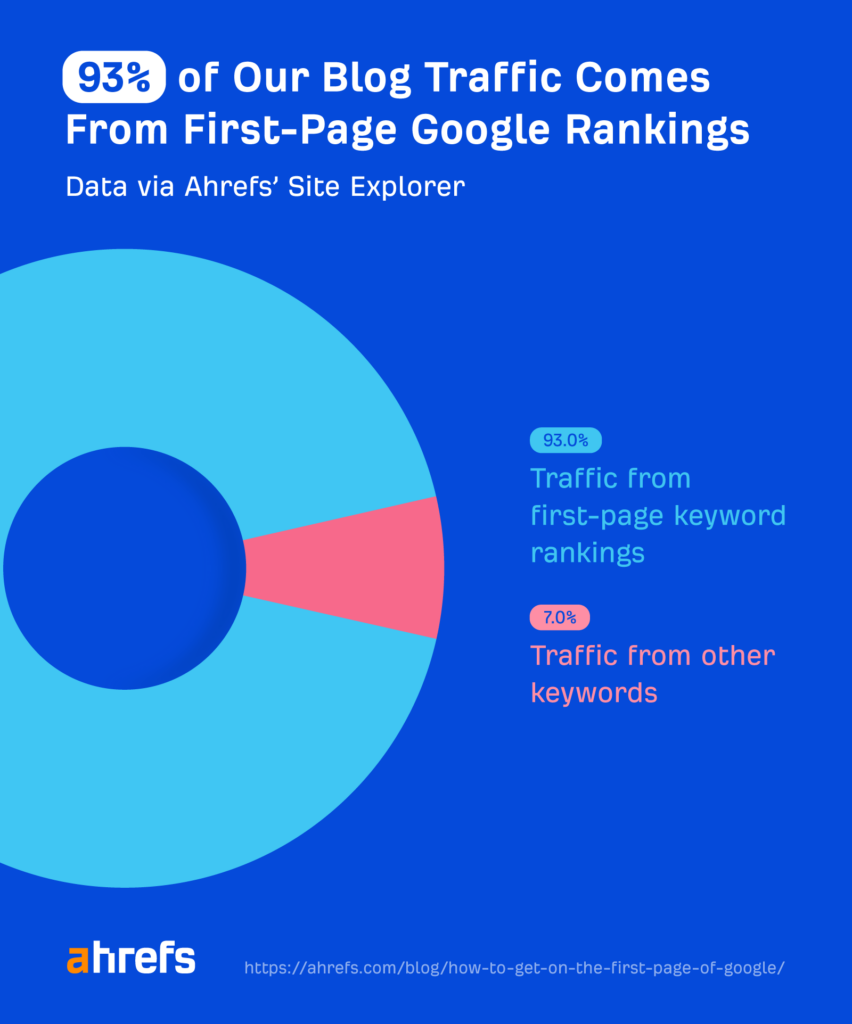
Here’s what this process looks like:
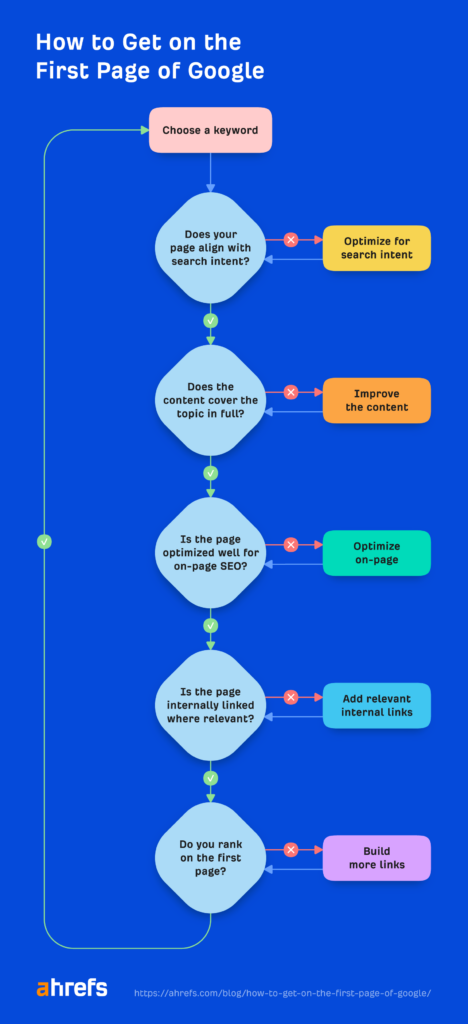
All these stages need investment from keyword research to backlink acquisition. The major costs include:
- Keyword research ($0 – $100 per month)
- Content creation and design ($400 – $2,000 per month)
- On-page optimization ($0 to $100 per month)
- Backlinks and content promotion ($500 to $1500 per month)
It comes down to, on average, between $900 and 3,500 per month to write and promote 2 to 6 blog posts a month with backlinks.
This cost is quite flexible and not fixed like CPC. This makes it easy for small businesses to adjust their costs.
For instance, you can do free keyword research, write the content in-house, do the optimization yourself, and acquire backlinks through outreach all for free.
The outcome is what really matters in terms of organic traffic.
Once you rank on the first page, you’ll receive heaps of traffic without spending any money on backlinks or content creation. That’s the beauty of organic traffic.
And that’s what makes it quite cheaper in the long run than paid traffic.
The average organic click cost gets too low in the long run when compared to the paid click cost.
2. ROI
Paid traffic has a low ROI when compared to organic traffic which has one of the highest ROIs as reported by 49% of marketers.
Return on investment of paid traffic is generally on the low side because you pay a high cost per click (in comparison to organic traffic). This increases CAC and lowers customer lifetime value leading to low profitability.

You might have a decent ROI and ROAS, but overall, it significantly impacts profits.
You have to optimize your ad campaigns by running multiple A/B tests to lower CAC and increase ROI. This requires a lot of ad spending as ads are hard to optimize with low traffic.
An average business indeed earns $2 for every $1 spent on Google Ads, but not all businesses achieve this ROI. In fact, the majority of businesses never break even with paid traffic.
The longer you run ads, the better your ROI gets.
So, your ROI might be too low in the first few months of PPC, but as you continue to run campaigns, get more data, and optimize ads – your ROI gets better.
Organic traffic has one of the highest ROIs because it’s quite cheap and it delivers big time.
Statistics show that businesses make $2.77 for every $1 spent on content marketing with 177% of profit. Around 62% of marketers say that content marketing has the highest ROI for their business.
Organic traffic doesn’t require a hefty marketing budget for experimentation. If a post doesn’t work, it doesn’t have a huge impact on the overall content marketing budget.
There are a few reasons why organic traffic has a high ROI:
- It has a low CAC which increases CLV and profit margin. You drive more visitors per dollar from search engines compared to PPC which means, with a static conversion rate, organic traffic will deliver better results
- People who visit your site from search engines are in-market audiences who are actively looking for a solution to their problems. This increases the conversion rate of organic traffic significantly leading to a high return.
Both paid and organic traffic have decent ROIs but organic traffic has a better and higher return.
3. Time to First Result
Paid traffic delivers results instantly while organic traffic needs a lot of time to show the first result.
When you create a paid ad campaign with an ad network, it takes a few hours for your campaign to go live. Once it is approved by the network, your ad starts receiving impressions and clicks. The process is almost instantaneous.
Google Ads, for example, has an average review time of one business day while Meta reviews ads in under 24 hours:

Generally, your ads are approved in a few hours and you start getting targeted traffic. This is one of the best things about paid traffic. It has a minimal wait and lets you send traffic to any webpage in any quantity.
Organic traffic has a long wait time. You can’t expect results quickly.
Most of the content you publish never drives any traffic at all. A study reported that 96.55% of pages get zero traffic from Google and it takes, on average, 6 months for a web page to reach the first page of Google and that’s the time when it starts receiving traffic:
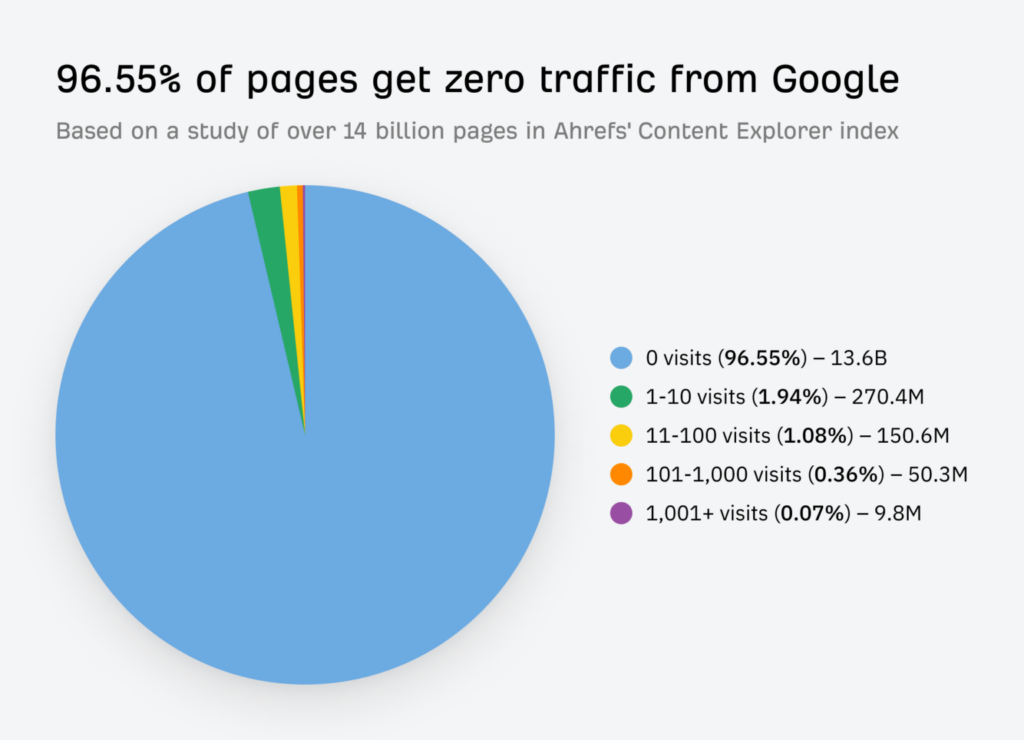
Since organic rankings fluctuate a lot, it gets challenging to maintain your rankings. Even if you have reached the first page and your content starts driving organic traffic, there’s no guarantee you’ll stay there forever.
Organic traffic requires patience and time. It doesn’t deliver results quickly.
4. Targeting
Paid traffic is more targeted than organic traffic.
With paid traffic, you are in full control as you select your target audience precisely. You can pick and choose your audience and change targeting whenever needed.
You can target people based on demographics, interest, in-market, behavior, devices and networks, purchase activity, and other variables. Google Ads offers 15 targeting options to advertisers:

This significantly helps you reach your audience precisely. Once you get a hold of targeting and bidding strategies, PPC gets a lot easier and more cost-effective.
You don’t get any targeting features with organic traffic. You only have keywords to target in your content and there’s no guaranteed placement.
Search engines can rank your content for irrelevant queries. Or, they can mismatch search intent and might send irrelevant traffic. And there’s nothing you can do about it. You don’t have any control at all whatsoever on organic traffic.
At the end of the day, targeting is more important than anything else as it directly impacts the conversion rate. This is what makes paid traffic much better than organic traffic and worth every penny.
5. Sustainability and Scalability
Both paid and organic traffic are scalable but only organic traffic is sustainable in the long run.
Sustainability in terms of web traffic refers to traffic that maintains itself at the same level or keeps growing when left unattended. That’s the case with organic traffic where it continues to send targeted visitors to your site for an extended duration.
Scalability in terms of website traffic means the degree to which you can increase traffic as your business grows (or based on demand). For instance, if you want to generate 100K monthly visitors to your site through paid traffic, it’s quite possible as long as you have the budget.
Paid traffic is scalable but lacks sustainability.
This means you can drive more traffic to your site based on your needs. It requires investment though. If you have the funds, you can scale paid traffic easily.
But as soon as you pause ad campaigns, you’ll not receive any traffic. You’ll receive direct traffic and visitors from other sources but it won’t match the scale at which you drive traffic through online ads.
Organic traffic is both scalable and sustainable.
You can scale it by increasing publishing frequency and targeting more, diverse keywords. This will help you drive more visitors to your site at scale.
And this traffic stays for years to come without investing additional money on content promotion or SEO. Here’s an example of how organic traffic grows over time to a single web page:

That’s not something you see with paid traffic.
6. Easy to Start
Paid traffic is dead simple to start whereas organic traffic is quite technical and has unclear rules and procedures.
Starting an ad campaign with a leading ad network like Google Ads or Meta Ads is straightforward and fairly automated.
Google Ads, for instance, has an 8-step process to create an ad campaign. The onboarding sequence initiates when you create a new ads account and as you finish the registration process, you have your first campaign setup and ready to be reviewed.
Meta ads has simplified creating ads for its users that anyone with a Facebook or Instagram account can create a basic ad in a few clicks:

If you don’t know how to create and manage an ad campaign, you can use smart campaigns and let the AI handle it for you. Assets, ad copies, and everything is auto-generated and managed by AI. This has simplified getting started with paid traffic.
Organic traffic is somewhat tedious, technical, and has unclear boundaries.
You need to start with keyword research and publish amazing content. Then you need to optimize your content for SEO and improve UX. This is quite technical and requires a lot of trial and error.
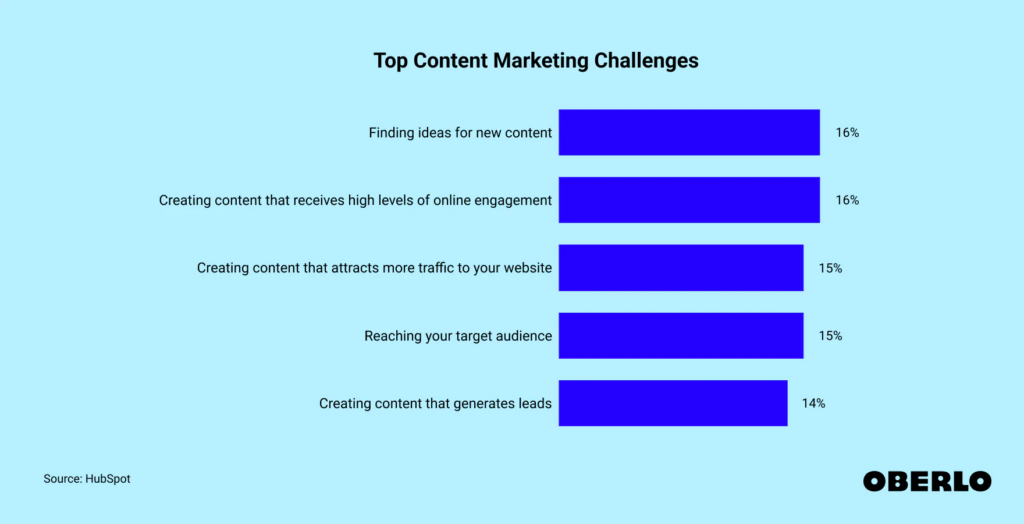
Backlinks are the hardest to acquire.
And even when you do all this, there’s no guarantee you’ll receive any traffic.
Your content might not even rank for a single keyword after doing all of it.
On top of that, you can’t automate this process at any level. It has to be done manually as AI-generated content isn’t appreciated by search engines.
Finally, you have to deal with algorithmic and search engine policies.
Getting started with organic traffic is challenging and not an easy path.
7. Management and Maintenance
Paid traffic needs proper management and maintenance while organic traffic needs minimal supervision once the ball gets rolling.
Online ads need regular maintenance, management, and optimization. You need to monitor ad performance regularly, tweak ads and keywords, adjust bidding strategy, add negative keywords, and much more.
As your ad account grows, you’ll be managing hundreds of campaigns and it gets quite complicated. Managing PPC to maintain or increase paid traffic is a challenge.
Organic traffic needs minimal management and maintenance. You only need to update and refresh published content on a need basis. Other than that, search traffic doesn’t need any supervision at all.
8. Conversion Rate
Paid traffic has a lower conversion rate than organic traffic.
There are a few reasons why paid traffic converts poorly:
- Online ads are intrusive. They interrupt a user’s experience which isn’t liked by a lot of users
- More than 31.5% of global internet users use ad blockers. This means you can’t reach 31.5% of the global internet users with paid ads
- Up to 90% of PPC campaigns are impacted by ad fraud in some way which significantly impacts the conversion rate.
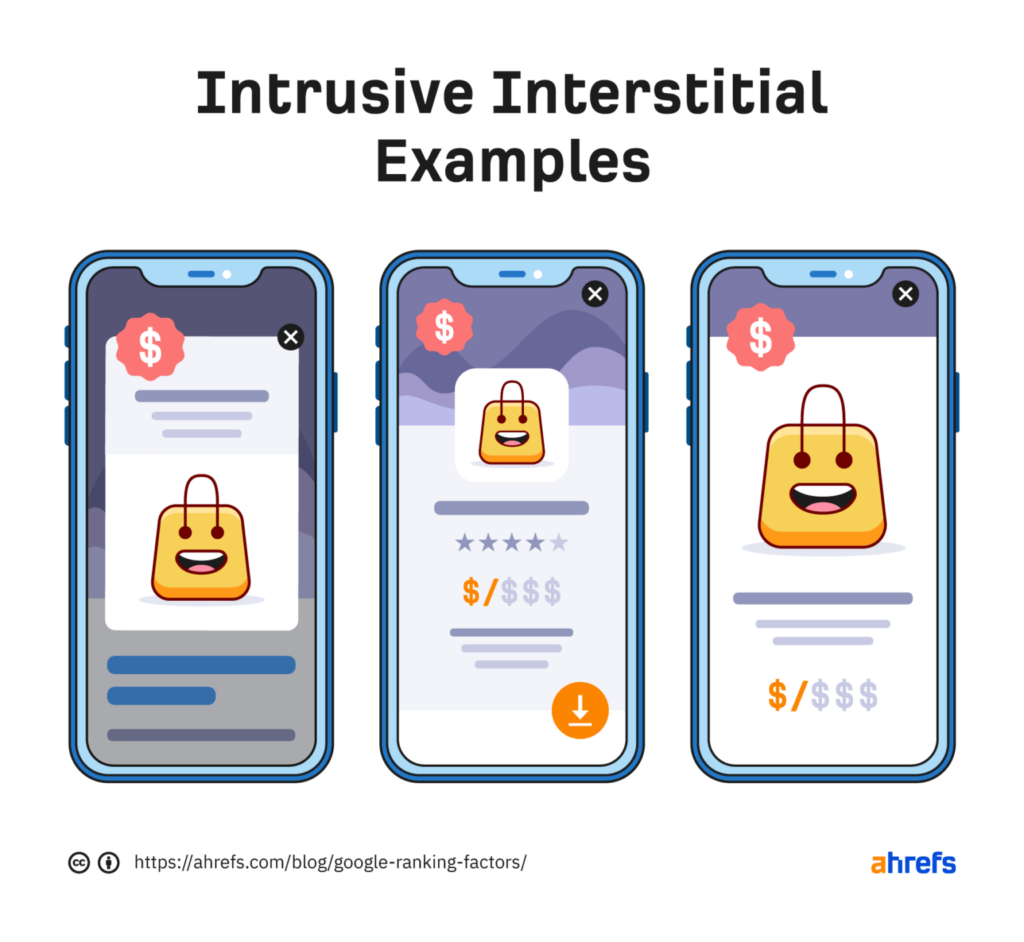
These factors negatively impact the conversion rate of paid traffic. You might get a lot of traffic from online ads, but if it doesn’t convert, you’ll end up losing money.
Organic traffic has a high conversion rate because your target audience approaches you. When someone enters a search query in Google, the person is interested in finding a solution to the problem. Such a person is more likely to convert than someone who sees your ad on social media while chatting with friends.
You help your ideal customers by providing them with a solution to a problem they are facing. This leads to a high conversion rate.
Additionally, there’s no traffic or conversion loss due to uncontrollable factors as you experience with paid traffic.
What’s Better: Paid vs Organic?
You should use both paid and unpaid traffic.
Both have their ups and downs and these two traffic sources are used as complementary rather than substitutes.
If you invest the entire marketing budget in PPC, you’ll have to rely on it forever. Your business will have a negligible search presence with no sustainable way to drive traffic.
If you start by investing heavily in content marketing, you’ll exhaust your capital and marketing budget with no results. Cash outflow will increase significantly with little to no cash inflow and this will lead to failure.
The ideal approach is to divide your marketing budget and distribute it between online ads and content marketing. Use paid traffic to generate targeted traffic while building content assets meantime.
Paid traffic helps you build brand awareness and increase brand recall. Content, on the other hand, will help you hook potential buyers from search engines.
You’ll have both instant traffic to a landing page of your choice and assets for sustainable, free traffic.
Featured Image: Pexels



